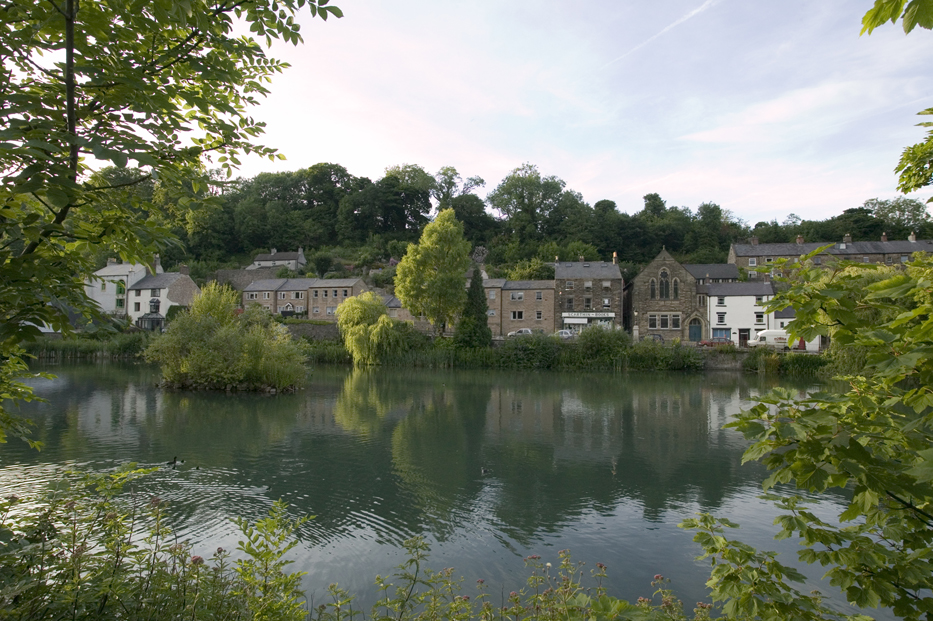How does a place become

How does a Place become a World Heritage Site?
To become a World Heritage Site, a place must be considered of universal interest and must meet one of the selection criteria produced by UNESCO. The State Party of a country, which in the case of the UK is the Government, compiles a tentative list of sites to be considered for inscription. They are then evaluated by either ICOMOS (International Council of Monuments and Sites) for cultural sites and / or IUCN (World Conservation Union) for natural sites. The sites are then presented to the World Heritage Committee who make the final decision.
The nomination process involves the production of documents to demonstrate that the property is of “Outstanding Universal Value”, and a management plan to show that mechanisms are in place for the future protection and conservation of the site.
For further information:
www.culture.gov.uk/historic_environment/World_Heritage.htm
What is the Purpose?
The cultural heritage and the natural heritage are among the priceless and irreplaceable possessions, not only of each nation, but also of mankind as a whole. The loss, through deterioration or disappearance, of any of these most prized possessions constitutes an impoverishment of the heritage of all the peoples in the world. Parts of that heritage, because of their exceptional qualities, can be considered to be of outstanding universal value and as such worthy of special protection against the dangers, which increasingly threaten them.
The purpose is to identify the sites worthy of the status of World Heritage Sites and then ensure their protection and conservation.
What are the criteria for a site becoming a World Heritage Site?
The Operational Guidelines for the Implementation of the World Heritage Convention state that “a site which is nominated for inclusion in the World Heritage List will be considered to be of outstanding universal value for the purpose of the Convention when the Committee finds it meets one or more of the criteria”
Criteria for the inclusion of cultural properties in the World Heritage List:
(i) represent a masterpiece of human creative genius; or
(ii) exhibit an important interchange of human values, over a span of time or within a cultural area of the world, on developments in architecture or technology, monumental arts, town-planning or landscape design; or
(iii) bear a unique or at least exceptional testimony to a cultural tradition or to a civilisation which is living or which has disappeared; or
(iv) be an outstanding example of a type of building or architectural or technological ensemble or landscape which illustrates (a) significant stage(s) in human history; or
(v) be an outstanding example of a traditional human settlement or land-use which is representative of a culture (or cultures), especially when it has become vulnerable under the impact of irreversible change; or
(vi) be directly or tangibly associated with events or living traditions, with ideas, or with beliefs, with artistic and literary works of outstanding universal significance (the Committee considers that this criterion should justify inclusion in the List only in exceptional circumstances and in conjunction with other criteria cultural or natural);
in addition they need to:
(b)(i) meet the test of authenticity in design, material, workmanship or setting and in the case of cultural landscapes their distinctive character and components
(ii) have adequate legal and /or contractual and/or traditional protection and management mechanisms to ensure the conservation of the nominated cultural properties or cultural landscapes. The existence of protective legislation at the national, provincial or municipal level and/or a well-established contractual or traditional protection as well as of adequate management and/or planning control mechanisms is therefore essential and, as is clearly indicated in the following.
Criteria for the inclusion of natural properties in the World Heritage List
(a) (i) be outstanding examples representing major stages of earth’s history, including the record of life, significant on-going geological processes in the development of land forms, or significant geomorphic or physiographic features; or
(ii) be outstanding examples representing significant on-going ecological and biological processes in the evolution and development of terrestrial, fresh water, coastal and marine ecosystems and communities of plants and animals; or
(iii) contain superlative natural phenomena or areas of exceptional natural beauty and aesthetic importance; or
(iv) contain the most important and significant natural habitats for in-situ conservation of biological diversity, including those containing threatened species of outstanding universal value from the point of view of science or conservation;
and also fulfil the seven conditions of integrity listed in the Operational Guidelines.

